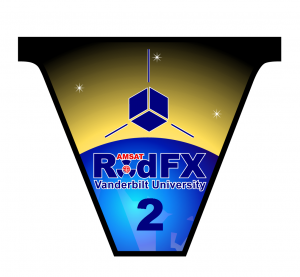The Dayton Hamvention has announced the winners of the 2017 Hamvention Awards. Each year, the Dayton Hamvention honors radio amateurs who have made major contributions to the art and science of amateur radio. AMSAT Vice President for Human Spaceflight Frank Bauer, KA3HDO, was named 2017 Amateur of the Year.
The award citation reads:
“Frank serves as the Amateur Radio on the International Space Station (ARISS) international chairman. In the mid-1990s, Bauer proposed a GPS reception experiment on the AMSAT Phase 3D satellite (AO-40). The experiment was to measure the signal strength of the GPS satellite constellation while Phase 3D was in high-Earth orbit (HEO). The AO-40 experiment subsequently has been cited often in aerospace literature, as it remained the most comprehensive above-the-constellation data source for nearly a decade and led to changes in the system’s specifications and applications. The results of the AO-40 experiment jump started a game-changing transformation in navigation at HEO/GEO altitudes, enabling new and exciting missions in these orbits.
Bauer holds bachelor’s and master’s degrees in aeronautics and astronautics from Purdue University. His career in aerospace spans 4 decades within NASA and in private industry
Bauer has been licensed since 1974. In 1983, in preparation for the space mission of Owen Garriott, W5LFL, he was responsible for setting up and operating the worldwide retransmission of Space Shuttle air-to-ground communications from Goddard Amateur Radio Club station WA3NAN. This initiative provided a critical conduit of information to hams attempting to contact astronaut-hams in the pre-Internet era.”
The 2017 Dayton Hamvention Award winners are listed at http://hamvention.org/event-details/awards/


